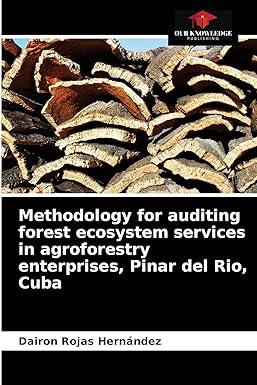Question
Douglass Minerals mines ore and then processes it into other products. At the end of the mining process, the ore splits off into three products:
Douglass Minerals mines ore and then processes it into other products. At the end of the mining process, the ore splits off into three products: Metal-A, Metal-B, and Metal-C. Douglass sells Metal-C at the split-off point, with no further processing. Metal-A is processed in Plant A, and Metal-B is processed in Plant B. The following is a summary of costs and other related data for the period ended December 31:
| Process: | Mining | Plant A | Plant B |
|---|---|---|---|
| Labor | $ 470,000 | $ 406,000 | $ 278,000 |
| Manufacturing overhead | $ 386,000 | $ 338,800 | $ 134,000 |
| Products | Metal-A | Metal-B | Metal-C |
|---|---|---|---|
| Units sold | 224,000 | 176,000 | 76,000 |
| Units in ending inventory (December 31) | 76,000 | 0 | 64,000 |
| Sales revenue | $ 1,120,000 | $ 584,000 | $ 190,000 |
Douglass Minerals had no beginning inventories on hand at the beginning of the period. Douglass Minerals uses the net realizable value method to allocate joint costs.
Required:
Compute the following:
The net realizable value of Metal-C for the period ended December 31.
The joint costs for the period ended December 31 to be allocated.
The cost of Metal-B sold for the period ended December 31.
Note: Do not round intermediate calculations. Round your final answer to the nearest whole dollar.
The value of the ending inventory for Metal-C.
Note: Do not round intermediate calculations. Round your final answer to the nearest whole dollar.
Step by Step Solution
There are 3 Steps involved in it
Step: 1

Get Instant Access to Expert-Tailored Solutions
See step-by-step solutions with expert insights and AI powered tools for academic success
Step: 2

Step: 3

Ace Your Homework with AI
Get the answers you need in no time with our AI-driven, step-by-step assistance
Get Started


